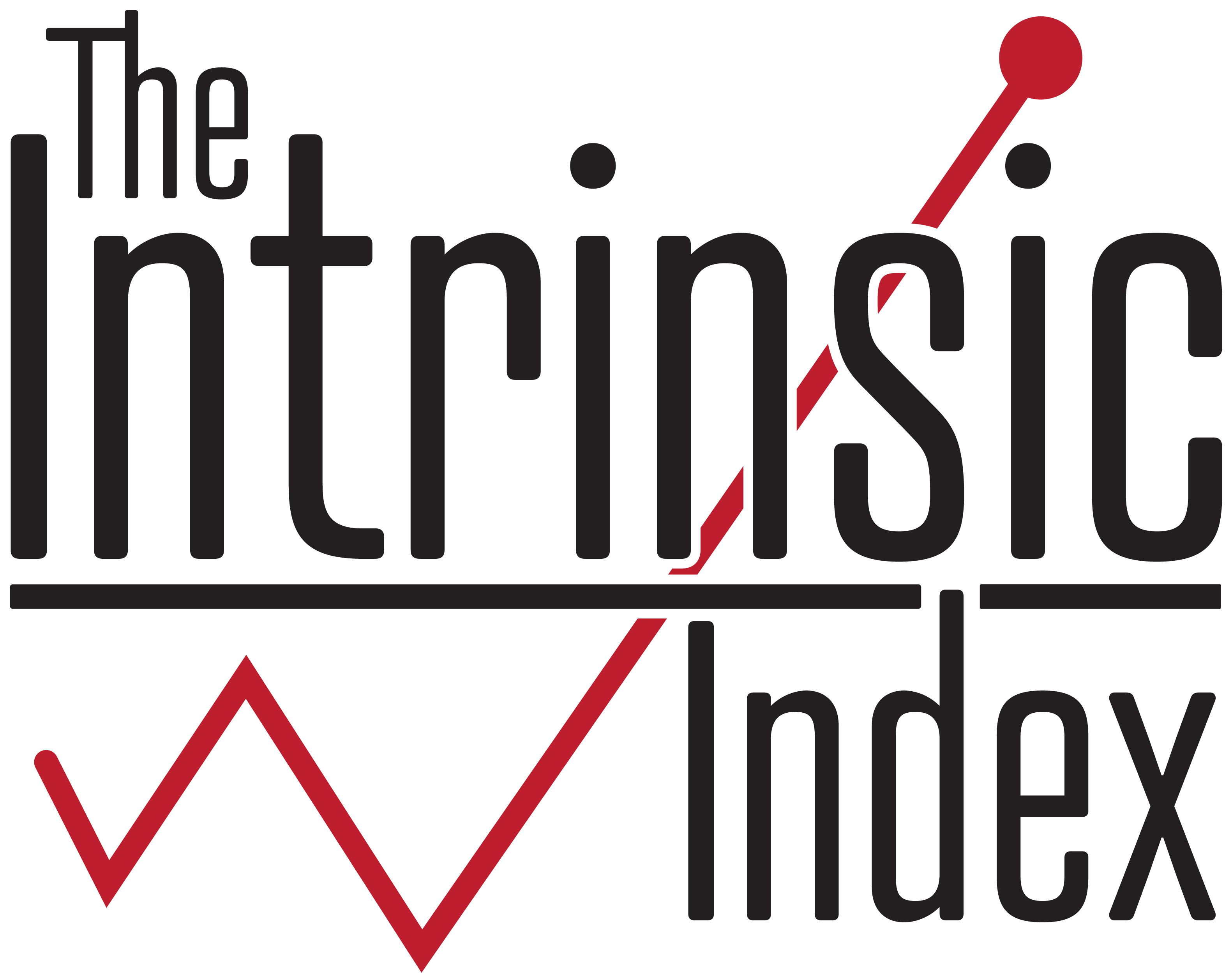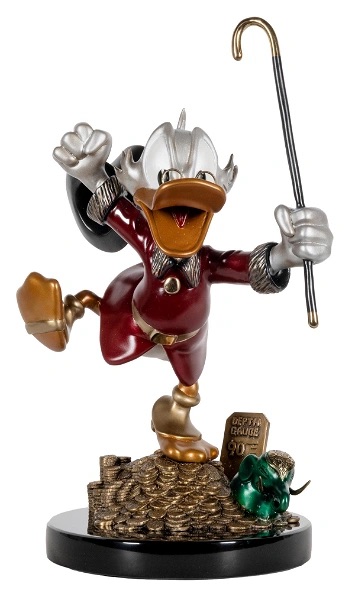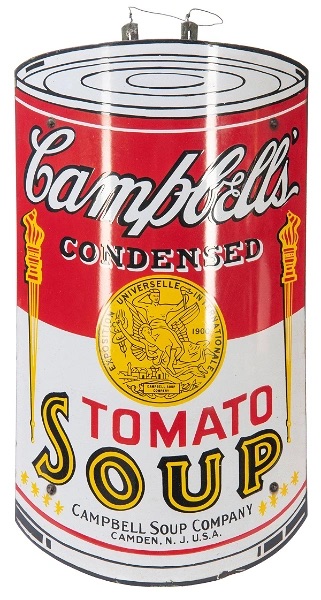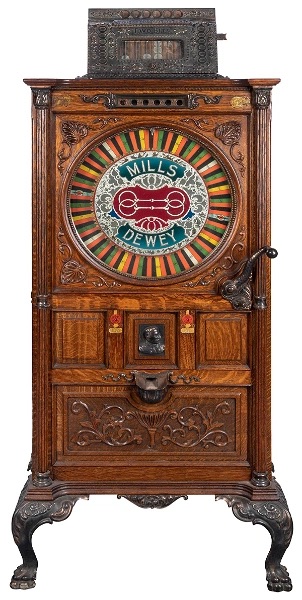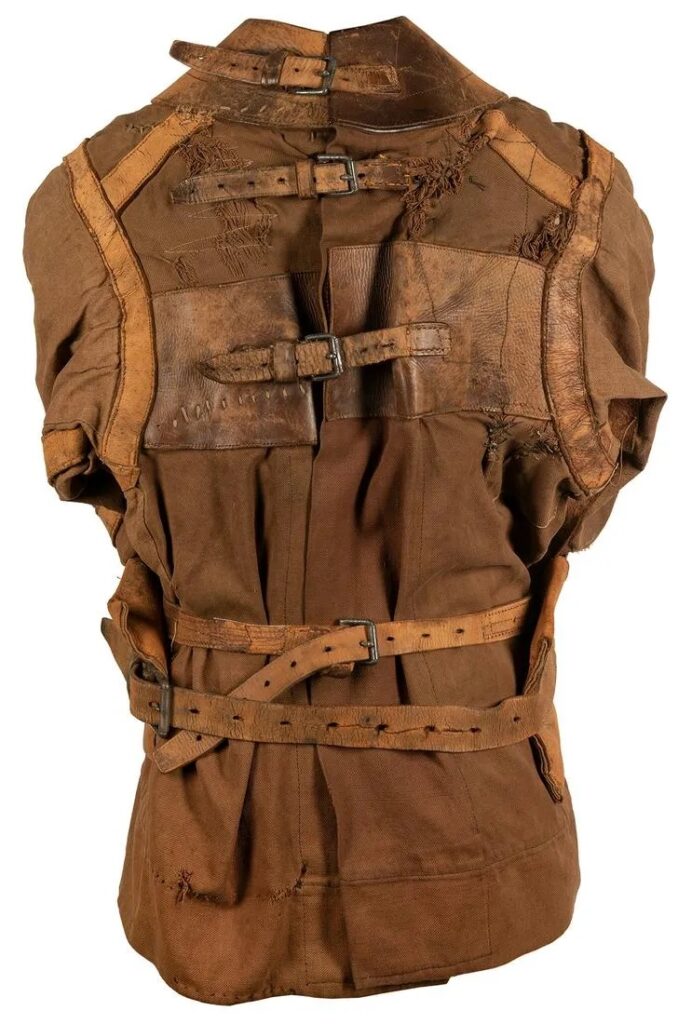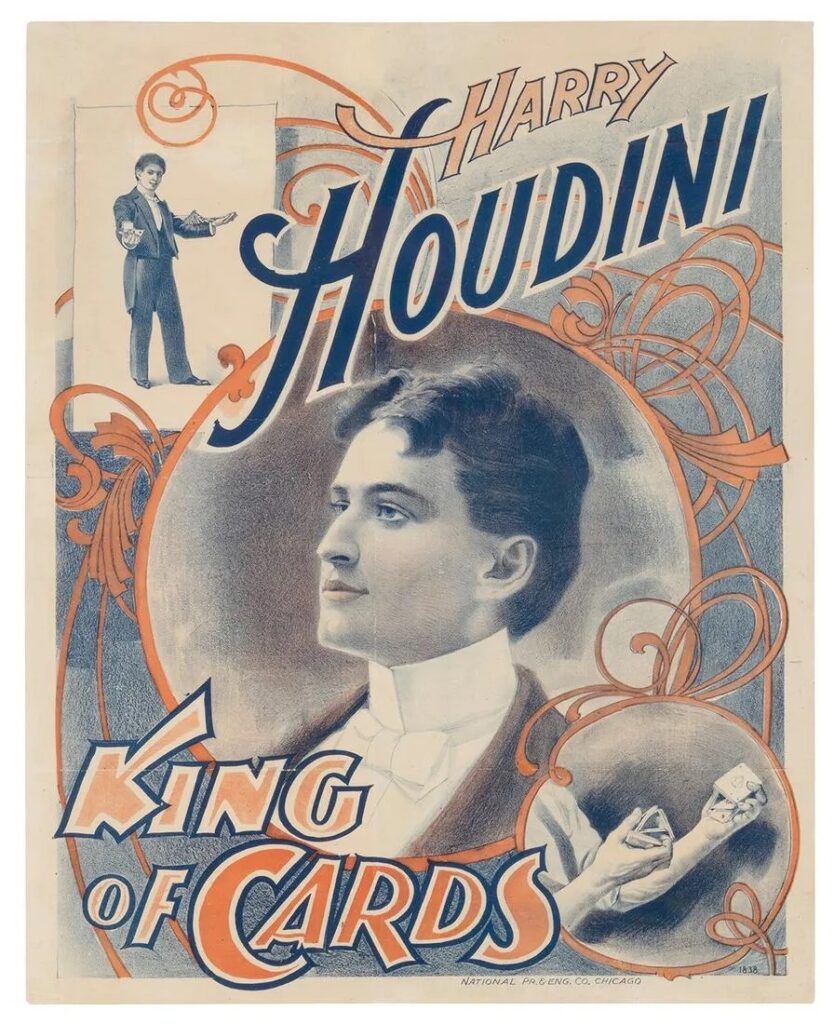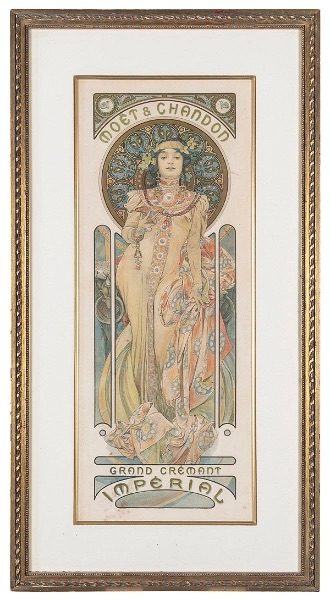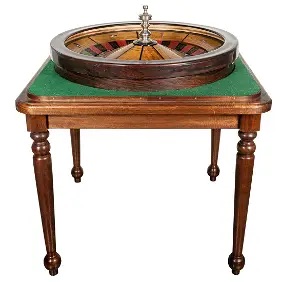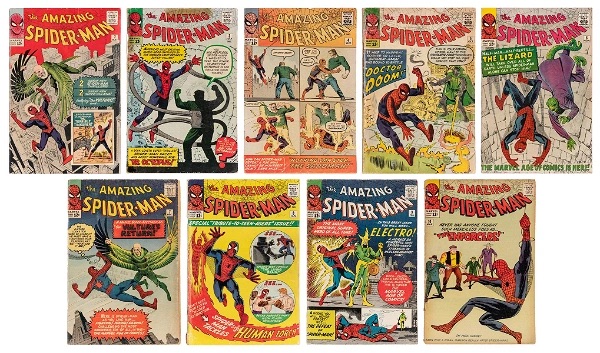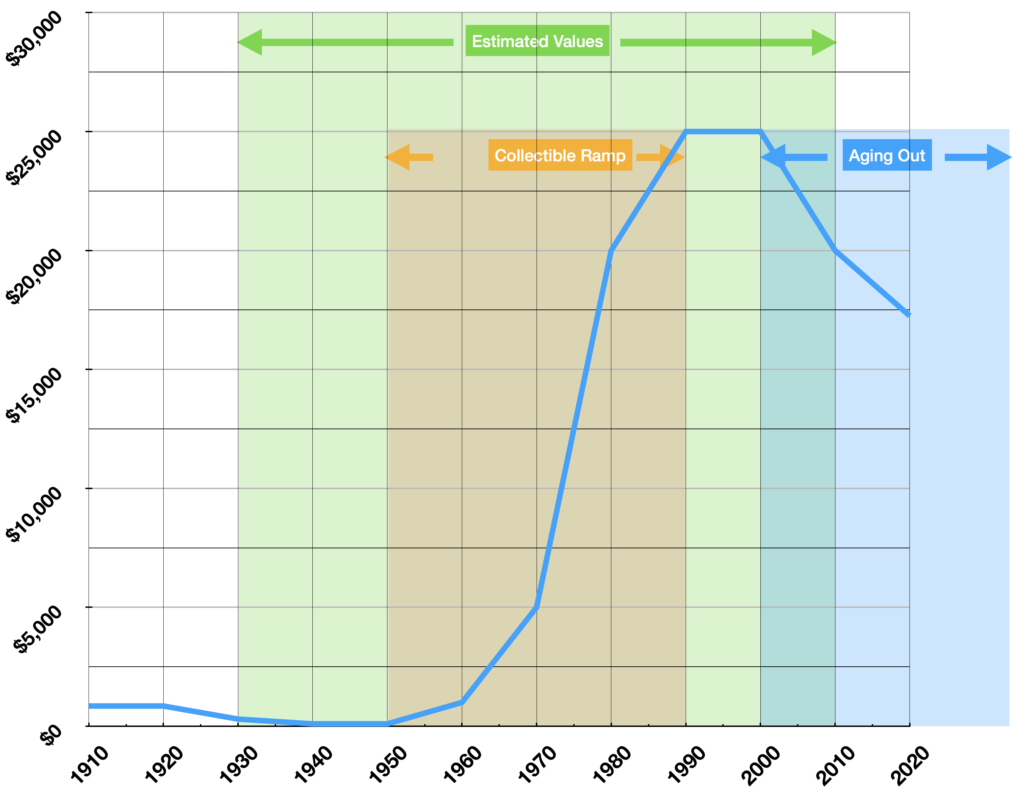In the ever-evolving world of the antique & collectible market, trends play a crucial role in shaping the industry. As we look forward to 2024, it’s essential to understand the current landscape and predict the future direction of this market. In this article, we will explore the key factors impacting the antique & collectible market and forecast the upcoming trends that collectors and investors should watch out for.
Understanding the Antique & Collectible Market
The antique & collectible market is a diverse and vibrant sector that attracts enthusiasts from all walks of life. From vintage furniture to rare coins, the market encompasses a wide range of items that hold historical, cultural, and monetary value. Understanding the dynamics of this market is essential for anyone looking to navigate its intricacies.
Exploring the antique & collectible market is like embarking on a treasure hunt through time. Each item tells a story, carrying with it a piece of history and a sense of nostalgia. Whether it’s a beautifully crafted piece of furniture from the Victorian era or a rare coin from ancient Rome, these artifacts have the power to transport us to different periods and cultures.
One of the fascinating aspects of the antique & collectible market is the sheer variety of items available. It’s not just limited to traditional categories like furniture, art, jewelry, and coins. There are also collectibles related to sports memorabilia, comic books, stamps, toys, and even vintage clothing. This vast array of options ensures that there is something for every collector, catering to diverse interests and passions.
The Basics of Antique & Collectible Trading
Antique & collectible trading involves the buying, selling, and trading of old, valuable, and oftentimes rare items. These items are sought after by collectors who appreciate their uniqueness and historical significance. Successful trading in this market requires knowledge about specific categories, such as furniture, art, jewelry, and coins, as well as an understanding of current market trends and demands.
When it comes to antique & collectible trading, research is key. Collectors and traders spend countless hours studying the market, attending auctions, visiting antique shops, and networking with other enthusiasts. They immerse themselves in the world of antiques, constantly learning and honing their expertise to make informed decisions about buying and selling.
Furthermore, the value of an antique or collectible item is not solely determined by its age. Factors such as condition, rarity, provenance, and desirability among collectors also come into play. For example, a vintage Rolex watch in pristine condition with a unique dial might fetch a higher price than a similar watch with signs of wear and tear. Understanding these nuances is crucial for both buyers and sellers in order to negotiate fair deals and make wise investments.
Key Players in the Market
The antique & collectible market is sustained by various key players, including individual collectors, dealers, auction houses, and online marketplaces. While individual collectors contribute to the passion and personal enjoyment of these items, dealers and auction houses play a significant role in connecting buyers and sellers and facilitating transactions. Online marketplaces have also revolutionized the market, providing a platform for global access and convenience.
Individual collectors are the heart and soul of the antique & collectible market. They are driven by a deep appreciation for history and a desire to preserve and showcase these treasures. Collectors often spend years curating their collections, carefully selecting each item based on their personal interests and preferences. Their dedication and expertise contribute to the overall vitality of the market.
Dealers, on the other hand, act as intermediaries between collectors and the market. They have a keen eye for identifying valuable items and possess the knowledge to authenticate and appraise them. Dealers play a crucial role in sourcing rare pieces, negotiating prices, and ensuring the smooth flow of transactions. Their expertise and connections make them indispensable for collectors looking to expand their collections or sell their treasures.
Auction houses are another integral part of the antique & collectible market. These institutions organize specialized auctions where rare and valuable items are showcased and sold to the highest bidder. Auctions create an atmosphere of excitement and competition, attracting collectors from around the world. They provide a platform for buyers and sellers to come together, allowing items to change hands and find new homes.
With the advent of online marketplaces, the antique & collectible market has experienced a digital revolution. Platforms like eBay, Etsy, and specialized antique websites have made it easier than ever for collectors to connect with sellers and browse through a vast selection of items. Online marketplaces have expanded the reach of the market, enabling collectors from different countries to engage in transactions and discover unique pieces without leaving their homes.
In conclusion, the antique & collectible market is a captivating world filled with treasures waiting to be discovered. From the thrill of the hunt to the joy of owning a piece of history, this market offers endless possibilities for collectors and enthusiasts. By understanding the basics of trading, appreciating the key players involved, and immersing oneself in the rich tapestry of the market, one can embark on a fascinating journey through time and culture.
Predicted Trends for 2024
As we look ahead to 2024, several trends are expected to shape the antique & collectible market. These trends will influence what collectors and investors should focus on and how the market as a whole will evolve.
Emerging Categories in Antiques & Collectibles
New categories of antique & collectible items are gaining popularity among enthusiasts. Items such as vintage tech gadgets, mid-century modern furniture, and retro clothing are experiencing a surge in demand. As younger generations enter the market, their preferences and interests drive the emergence of these new categories.
Impact of Technology on the Market
In the digital age, technology is transforming the antique & collectible market in various ways. Online platforms, virtual reality, and augmented reality enable collectors to browse, trade, and even experience items remotely. Technology also plays a role in authentication and provenance verification, addressing concerns of counterfeits and fraud in the market.
Regional Analysis of Antique & Collectible Trends
While the antique & collectible market is a global phenomenon, regional differences in trends and preferences are noticeable. Let’s analyze the forecasted trends across three major regions: North America, Europe, and Asia.
North American Market Forecast
In North America, the demand for antique furniture, particularly mid-century modern pieces, is expected to remain strong. Collectibles related to pop culture, such as vintage toys and memorabilia, are also anticipated to gain popularity. Additionally, the market for Native American artifacts and artworks is predicted to experience growth.
European Market Forecast
Europe has a rich history and a bustling antique & collectible market. Traditional categories like fine art, porcelain, and antique jewelry are expected to continue their popularity. However, there is a growing interest in contemporary art and design among European collectors. Sustainability and eco-friendly antiques are also likely to capture attention in this region.
Asian Market Forecast
The Asian antique & collectible market is known for its appreciation of ancient art and artifacts. Chinese ceramics, calligraphy, and traditional textiles are expected to remain highly sought after. However, there is also a rising interest in Western collectibles, such as vintage luxury goods and antique furniture, particularly among affluent collectors in China and Japan.
Investment Opportunities in Antiques & Collectibles
Beyond the joy of collecting, the antique & collectible market offers investment opportunities for those with a keen eye. Certain items have proven to be valuable investments over time, with potential for future growth.
High-Value Items to Watch
Investors looking for high-value items should consider categories like fine art, rare coins, and antique jewelry. These items have demonstrated consistent appreciation in value and can provide a hedge against economic fluctuations. However, it’s important to conduct thorough research and seek expert advice to make informed investment decisions.
Risk Factors in Antique Investments
While there are opportunities for significant returns, antique investments also come with inherent risks. Factors such as market volatility, authenticity challenges, and changes in consumer demand can impact the value of items. Diversification and careful consideration of provenance and condition are essential in mitigating potential risks.
The Future of the Antique & Collectible Market
As we look beyond 2024, the antique & collectible market holds both challenges and exciting prospects. Understanding the long-term trajectory can help collectors and investors navigate this ever-evolving industry.
Long-Term Predictions for the Market
Long-term predictions suggest that the antique & collectible market will continue to evolve and adapt to changing consumer preferences. As younger generations become more interested in collecting, we can expect the emergence of new categories and the fusion of traditional and contemporary styles. Additionally, sustainability and ethical sourcing are likely to become increasingly important factors in the market’s future.
Sustainability and the Antique Market
In an era where sustainability is a growing concern, the antique & collectible market offers an eco-friendly alternative to mass production. Choosing pre-owned and vintage items not only reduces waste but also preserves historical and cultural heritage. As consumers become more conscious of their environmental impact, the market’s sustainability practices will play a significant role in shaping its future.In conclusion, the antique & collectible market for 2024 is set to experience notable trends and developments. Whether you’re an avid collector or an investor seeking opportunities, it’s essential to stay informed about the market dynamics, regional trends, and emerging categories. As the landscape continues to evolve, embracing technology and sustainable practices will be key in ensuring the long-term viability and growth of this captivating industry.
